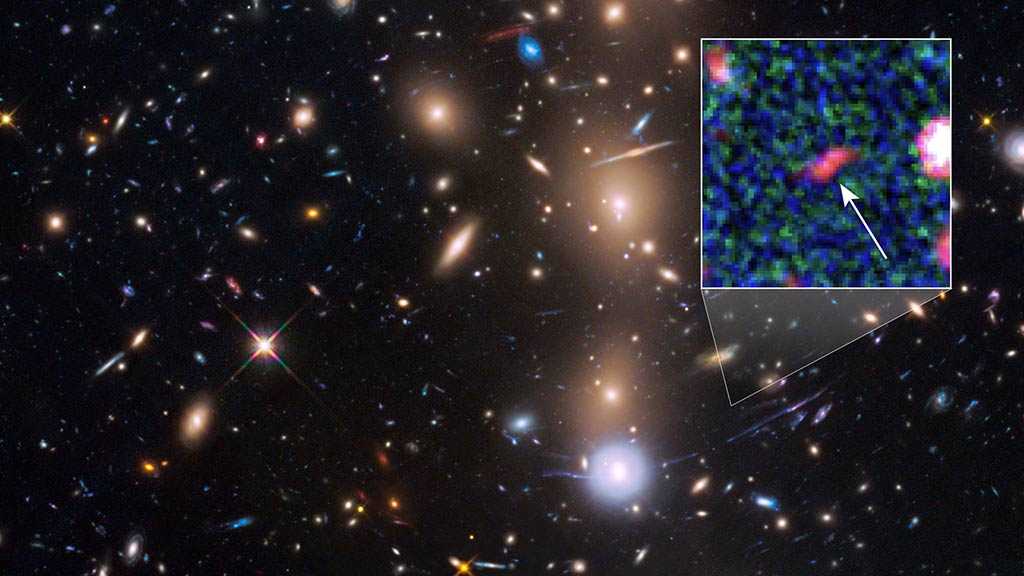
NASA Space Telescope’s 1st Cosmic View Goes Deep

By Staff, Agencies
Our view of the universe just expanded: The first image from NASA's new space telescope unveiled Monday is brimming with galaxies and offers the deepest look of the cosmos ever captured.
The first image from the $10 billion James Webb Space Telescope is the farthest humanity has ever seen in both time and distance, closer to the dawn of time and the edge of the universe.
That image will be followed Tuesday by the release of four more galactic beauty shots from the telescope's initial outward gazes.
The "deep field" image released at during a brief White House event is filled with lots of stars, with massive galaxies in the foreground and faint and extremely distant galaxies peeking through here and there. Part of the image is light from not too long after the Big Bang, which was 13.8 billion years ago.
The busy image with hundreds of specks, streaks, spirals and swirls of white, yellow, orange and red is only" one little speck of the universe," NASA Administrator Bill Nelson said.
"What we saw today is the early universe," Harvard astronomer Dimitar Sasselov said in a phone interview after the reveal.
Sasselov said he and his colleague Charles Alcock first thought "we've seen this before." Then they looked closer at the image and pronounced the result not only beautiful but "worth all that waiting" for the much-delayed project.
And even more is coming Tuesday. The pictures on tap include a view of a giant gaseous planet outside our solar system, two images of a nebula where stars are born and die in spectacular beauty and an update of a classic image of five tightly clustered galaxies that dance around each other.
The world's biggest and most powerful space telescope rocketed away last December from French Guiana in South America. It reached its lookout point 1 million miles [1.6 million kilometers] from Earth in January. Then the lengthy process began to align the mirrors, get the infrared detectors cold enough to operate and calibrate the science instruments, all protected by a sunshade the size of a tennis court that keeps the telescope cool.
The plan is to use the telescope to peer back so far that scientists will get a glimpse of the early days of the universe about 13.7 billion years ago and zoom in on closer cosmic objects, even our own solar system, with sharper focus.
Comments
- Related News



